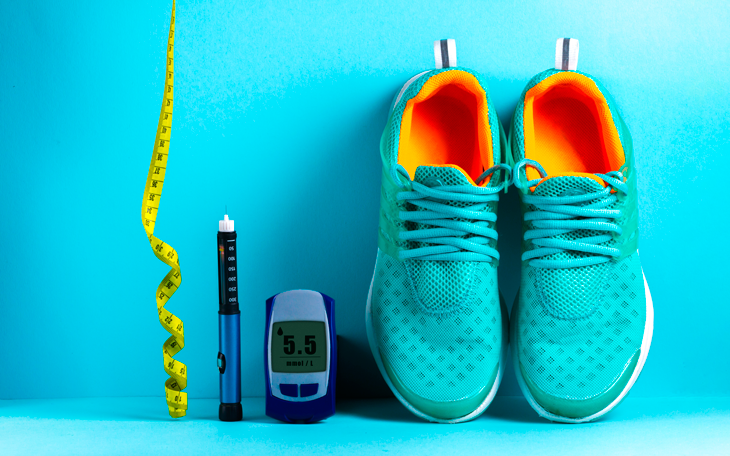
Insulin Control: The Effects of Physical Exercise
Insulin control is a central topic for anyone looking to improve metabolic health, lose weight, or prevent conditions like type 2 diabetes. Physical exercise plays a crucial role in this process, serving as a powerful tool to regulate blood sugar levels and insulin sensitivity. In this article, we explore how exercise positively impacts insulin regulation and the benefits it brings to overall health.
The Role of Insulin in the Body
Insulin is a hormone produced by the pancreas that regulates blood sugar levels. After a meal, glucose is released into the bloodstream, and insulin helps cells use this glucose as energy. When insulin sensitivity is reduced (a condition known as insulin resistance), blood sugar levels rise, potentially leading to prediabetes or type 2 diabetes.
How Physical Exercise Affects Insulin
Exercise benefits insulin control in several ways:
1. Increased Insulin Sensitivity
Both aerobic exercise (like running, walking, or swimming) and strength training (weightlifting or resistance exercises) improve insulin sensitivity. This means muscle cells can absorb glucose more efficiently, reducing blood sugar levels.
2. Immediate Effects After Exercise
During physical activity, muscles use glucose for energy, directly lowering blood sugar levels. Exercise also enhances glucose uptake by cells independently of insulin—a critical advantage for those with insulin resistance.
3. Reduction in Body Fat
Excess fat, especially visceral fat (around the organs), is linked to insulin resistance. Regular exercise helps reduce body fat, improving metabolic control.
4. Prevention of Metabolic Diseases
Consistent physical activity helps prevent metabolic diseases related to insulin resistance, such as type 2 diabetes and metabolic syndrome. Studies show that active individuals are at lower risk of developing these conditions.
Recommended Exercises to Improve Insulin Control
To maximize the benefits of exercise on insulin regulation, include a mix of different types of physical activity:
- Aerobic Exercise
- Examples: brisk walking, running, cycling, swimming.
- Recommendation: At least 150 minutes per week of moderate-intensity aerobic exercise.
- Strength Training
- Examples: weightlifting, resistance exercises, or bodyweight workouts (like squats and push-ups).
- Recommendation: 2-3 times per week, targeting major muscle groups.
- High-Intensity Interval Training (HIIT)
- Short bursts of intense activity alternated with recovery periods.
- HIIT has been shown to be particularly effective in improving insulin sensitivity.
Final Considerations
Physical exercise is a highly effective, non-pharmacological intervention for improving insulin control and metabolic health. For those with insulin resistance, prediabetes, or type 2 diabetes, adopting a consistent exercise routine can yield significant benefits. However, it’s essential to tailor the exercise plan to individual needs and conditions, and consulting a qualified professional is highly recommended.
If you’re ready to start a training program tailored to improve your metabolic health, explore the workout plans available at TreinoEmCasa.com. Invest in your well-being and discover how small lifestyle changes can make a big difference in insulin control and overall quality of life.
Start today and transform your health!
